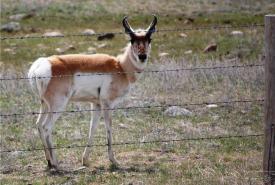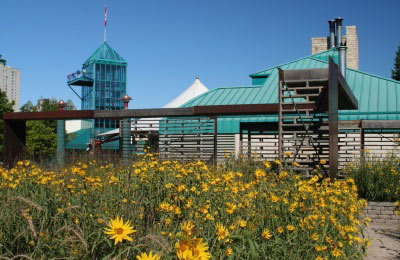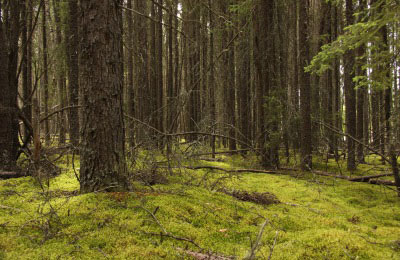Manitoba
Most places under NCC's care are open to the public. Please consult our website for site-specific updates.
The Nature Conservancy of Canada's first acquisition in the Manitoba Region was in 1977. Today, we have conserved and protected over 33,700 hectares (83,275 acres) across nine natural areas critical to Manitoba's biodiversity. These areas provide important habitat for thousands of species of plants and animals, many of which are endangered or at risk. Thanks to the generous donations of Manitobans and our partners, we aim to ensure that these special areas, plants and animals continue to be there for generations to come and that Manitoba continues to be a special place.
Stories from the Field
Protecting Sensitive Wetlands and Endangered Grassland Habitat
Thanks to financial support from Wildlife Habitat Canada, the Nature Conservancy of Canada was able to protect wetland areas and grassland habitat. Continue Reading »
Gratitude Report 2023
Thank you for being a part of our nature-loving community! Continue Reading »
From Our Blog
Striving for fluid human-wildlife coexistence
September 8, 2023
My name is Evan Mah and I am an ecological restoration technician as a part of the Next Generation Conservation Leaders program with the Nature Conservancy of Canada (NCC). My job often involves routine fence maintenance and adjustments; however,... Continue Reading »
Featured Projects
Find out about our conservation projects, research activities, land management priorities and more. Read more »
Our Work
Learn about where and how we are focussing our conservation efforts in Manitoba.
Read more »
Faces of NCC
Meet some of the staff, volunteers and supporters who make our work possible. Read more »
News Releases
Read the latest NCC news in Manitoba.
Read more »











